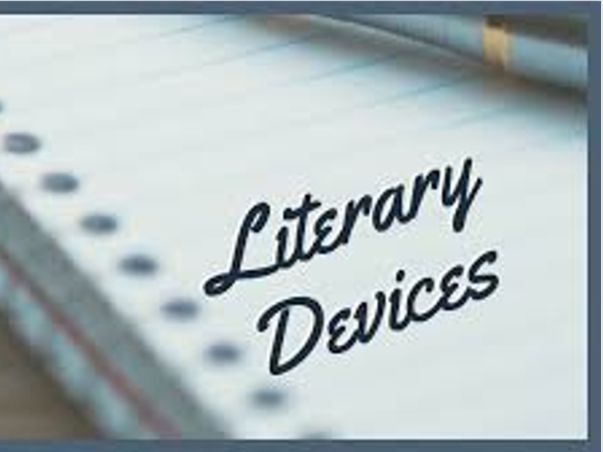Blog entry by Connor Chase
Introduction
Effective communication is the foundation of human interaction, and writing plays a crucial role in conveying thoughts, ideas, and emotions. To make written communication impactful and engaging, writers often employ various literary devices.

In this article, we will explore three essential literary devices: hyperbole, imagery, and metaphor. By understanding their significance and learning how to incorporate them into our writing, we can improve our ability to communicate effectively.
Hyperbole: Exaggerating for Effect
Hyperbole is a literary device that involves deliberate exaggeration or overstatement to emphasize a point or create a strong impression. It is used to evoke emotions, capture attention, and make a memorable impact on readers.
Hyperbole can be found in various forms of writing, including poetry, fiction, and persuasive essays.
By using hyperbole, writers can add depth and vividness to their descriptions.
For example, in the sentence, "I've told you a million times," the hyperbolic use of "a million times" emphasizes the speaker's frustration and the importance of their message.
Imagery: Painting Pictures with Words
Imagery is a powerful literary device that appeals to the senses, creating vivid mental pictures in the reader's mind. It uses descriptive language to evoke sensory experiences of sight, sound, taste, touch, and smell.
By employing imagery, writers can transport readers to different settings, evoke specific emotions, and make their writing more engaging.
Through carefully chosen words and vivid descriptions, imagery brings writing to life.
For instance, in the sentence, "The fragrance of freshly baked cookies wafted through the house," the reader can almost smell the delightful aroma and imagine the warm cookies straight out of the oven.
Metaphor: Unlocking Hidden Meanings
Metaphor is a figure of speech that compares two unrelated things, highlighting the similarities between them. It adds depth and complexity to writing by creating imaginative associations and unlocking hidden meanings.
Metaphors allow writers to express abstract concepts or emotions in a more concrete and relatable way.
By using metaphors, writers can convey complex ideas and emotions in a concise and powerful manner.
For example, in the sentence, "Her heart is a fragile glass, easily shattered by a harsh word," the metaphorical comparison of the heart to glass conveys vulnerability and sensitivity.
Conclusion
Effective communication through writing is a skill that can be honed by incorporating various literary devices.
Hyperbole, imagery, and metaphor are just a few examples of the many tools available to writers.
By mastering these devices and understanding their impact, we can enhance our writing, make it more engaging, and ensure that our message is effectively communicated.
If you need assistance with writing an essay or any other academic task, you can seek professional help from write my essay. Their team of expert writers can provide you with high-quality and well-researched papers tailored to your specific requirements.
To explore more about literary devices and improve your writing skills, visit 5staressays.com and take advantage of their professional essay writing services.
Other literary devices you should know:
From Dull to Dynamic: Mastering the Art of Hyperbole, Imagery, and Metaphor in Your Essay Writing
Metaphors That Soar: Infuse Your Essay with Imagery and Hyperbole to Create Unforgettable Impact
Unlocking the Magic of Words: How to Transform Your Essay with Hyperbole, Imagery, and Metaphor
